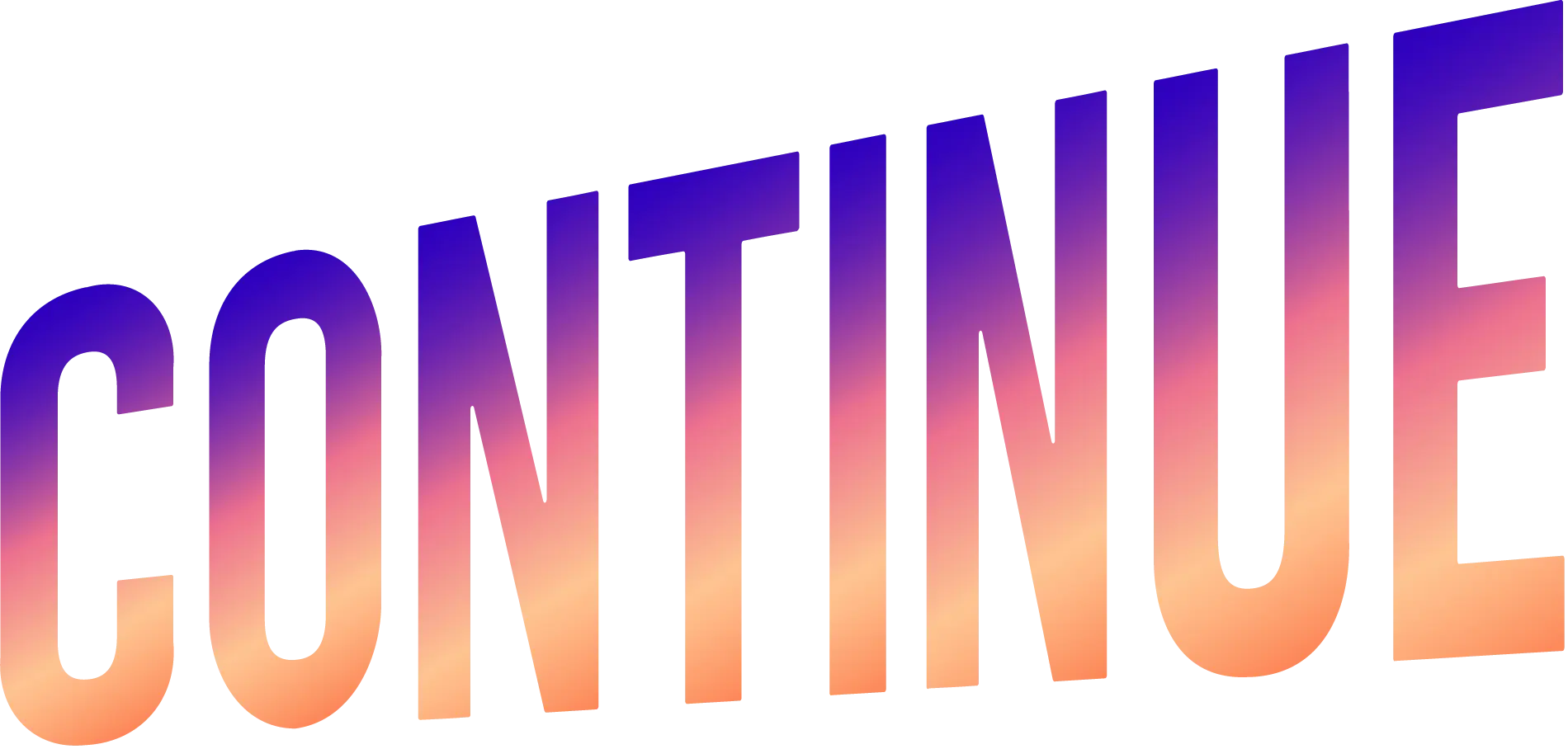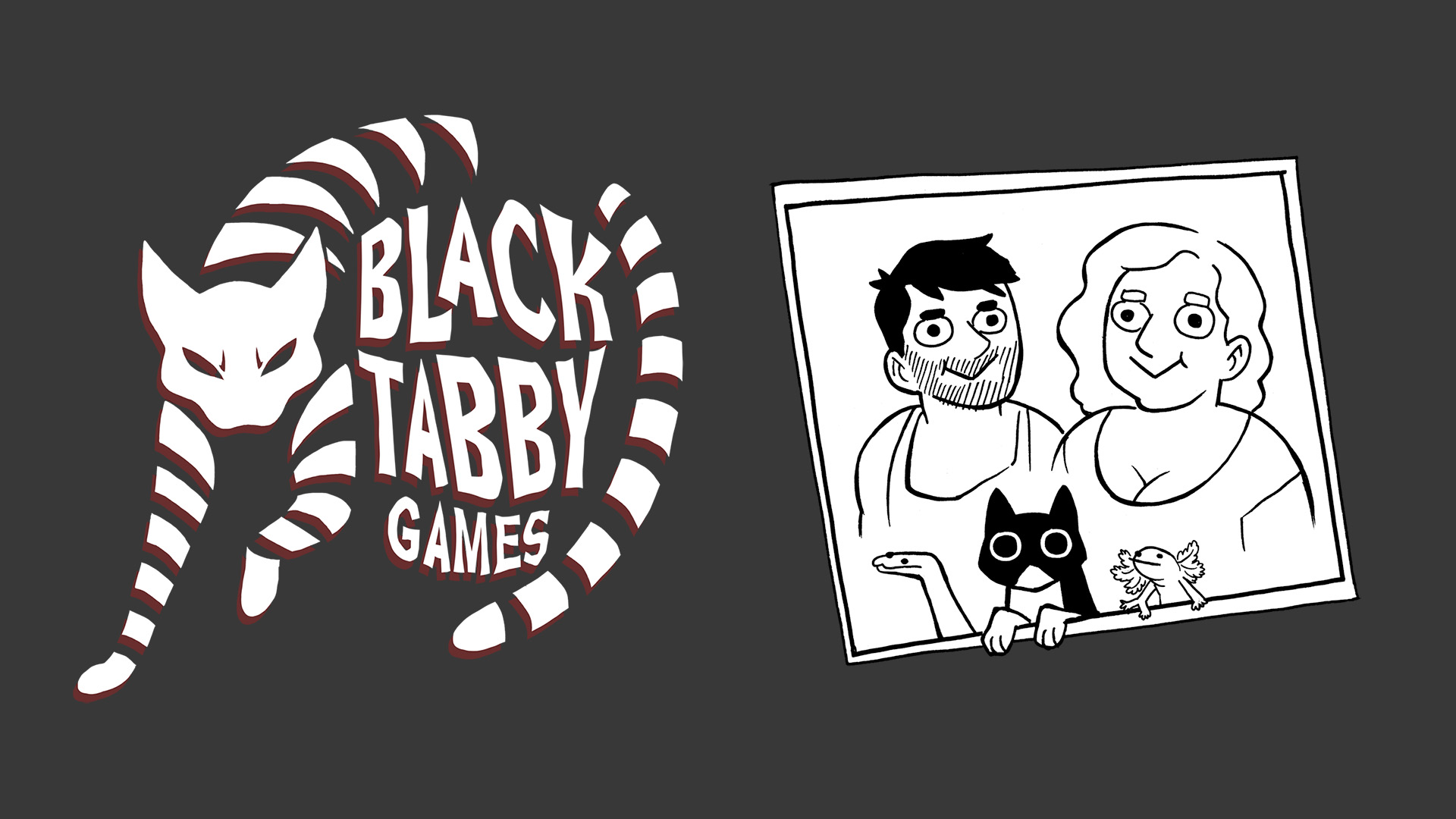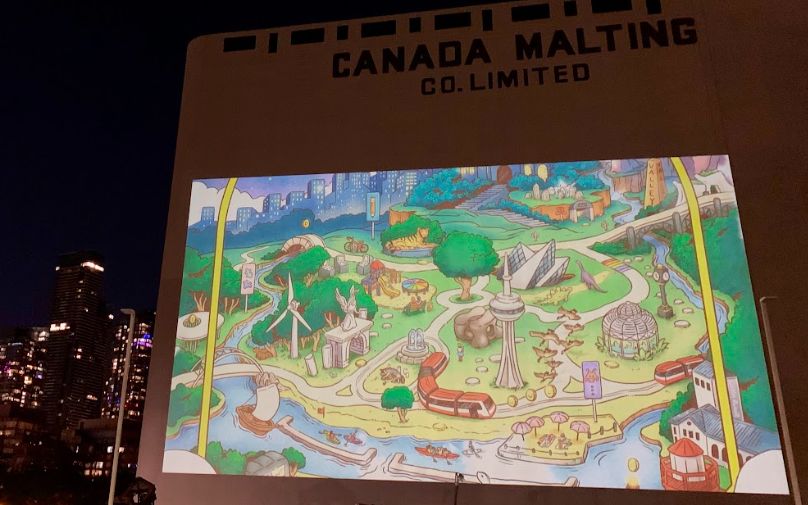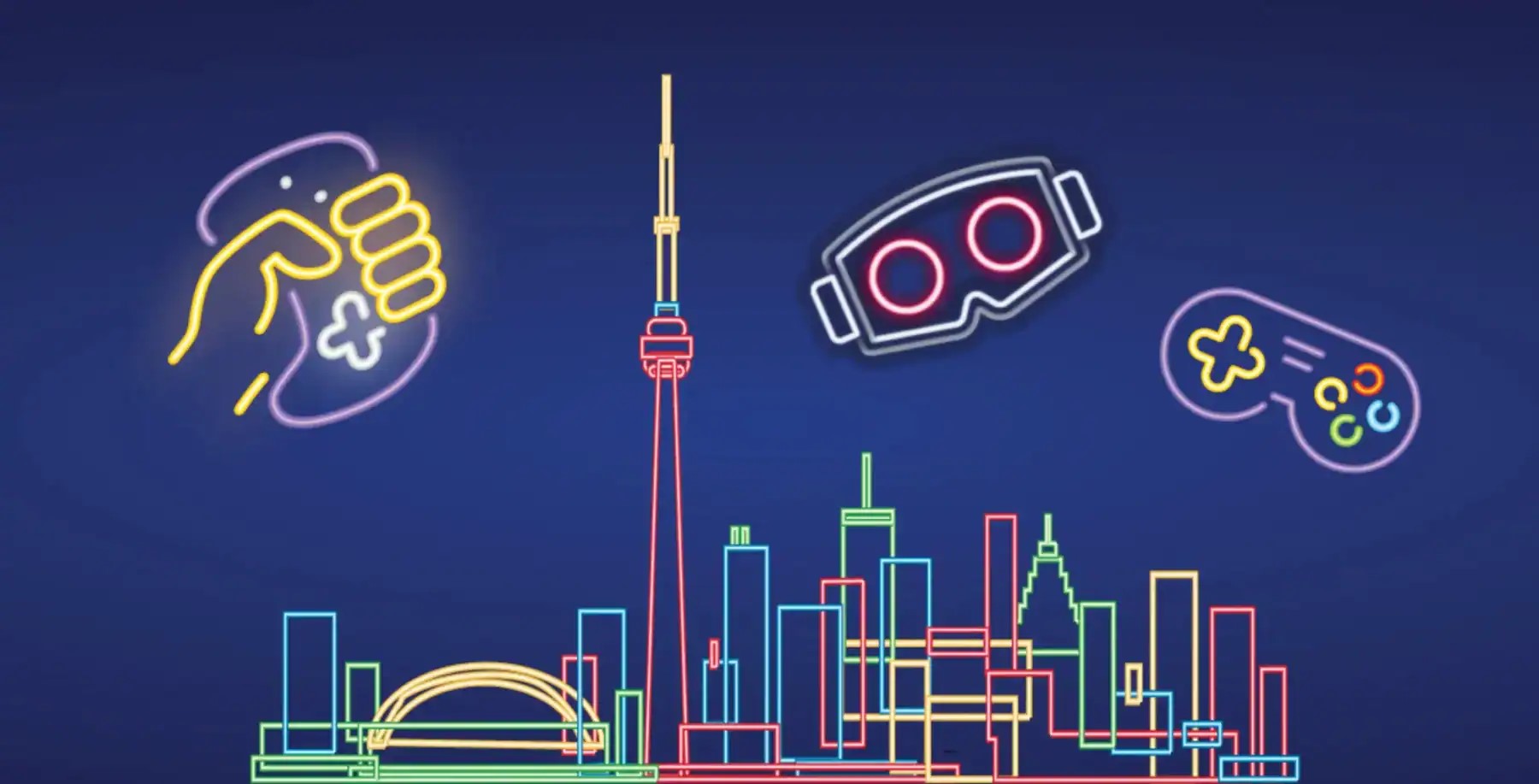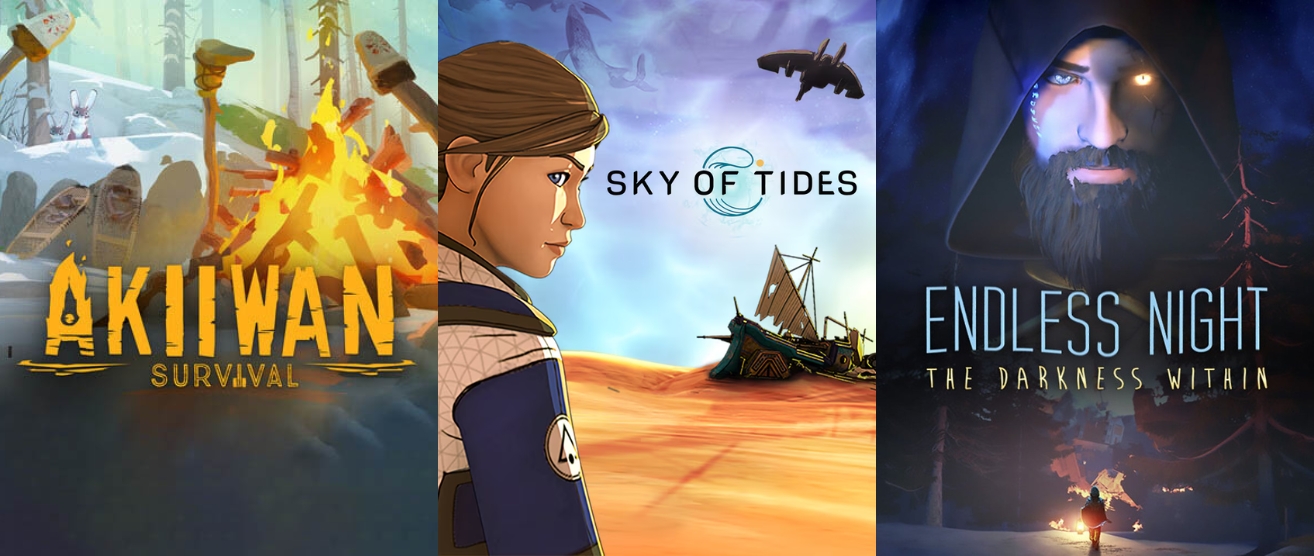Slay the Princess: A Conversation with Black Tabby Games’ Abby Howard and Tony Howard-Arias
The game development scene in Ontario has produced some of the world’s biggest indie wonders, and Black Tabby Games is certainly one of them – having carved out a unique niche within the horror genre. Black Tabby’s games combine spine-chilling terror with witty, dark humour, and have attracted a loyal and enthusiastic fanbase from across the globe. The studio’s newest title Slay the Princess has received rave reviews from critics and fans alike and is even nominated in four separate categories at The Horror Game Awards.
The Lodgge recently had the opportunity to sit down with the founders and creative minds behind Black Tabby Games – Abby Howard and Tony Howard-Arias – to discuss their games Scarlet Hollow and Slay the Princess, the Ontario game development scene, and their games industry journey so far.
–
Tell us a little bit about Black Tabby Games, how it came to be, and how you ended up in Ontario.
Tony: Abby was a graphic novelist for seven years before the games. We were at New York Comic Con in late 2019, got some drinks with friends, and we were all making jokes about how it’d be fun if there were a horror dating sim.
Abby: We were both kind of figuring out what we were going to do next because I was wrapping up a big graphic novel project and we were just at a very good point for us to figure out some new direction to go. I was pitching around a comic book at the time, but I wasn’t super excited about it. But then as soon as we started talking about our first video game Scarlet Hollow, or what would become Scarlet Hollow, it just lit that fire. it’s like well I guess this is the one we’re going for, because this is the one we’re most excited for, and that has to mean something, and it did! We started Black Tabby Games that year and the game was something we released six months after that.
Tony: We started work on Scarlet Hollow in March of 2020, and we released the first episode in like September of that year to lead into a crowdfund that ran through October, because it’s a spooky game and we always have to have stuff for October. We talked this one out a week before Halloween – we were ultimately in Boston at the time.
We moved to Canada for many reasons, one of which was that Boston is very much a transitionary city for a lot of people, unless you are in life science or academia, a lot of folks moved there right out of college and then they moved somewhere else. So we first moved to Boston knowing tons of people there, and by the end of COVID we only knew a handful of people, most of whom were planning on leaving the shadow of the pandemic over the city.
Abby: And I went to school in Montreal, I went to McGill. So most of my friends moved to Toronto after graduating, and it just seemed like a really nice place to live. A big city, but the neighbourhoods are really interesting, and there’s always something to do. And we also got pandemic rent prices!
Tony: It’s not like in the US. We know a ton of people from America, but they’re all in different cities. Any other place we’ve moved to, we would know two people here and there, and in Toronto we would know like 20 people.
–
Was the indie comics and graphic novels scene in Toronto part of the draw as well – for instance, The Toronto Comic Arts Festival (TCAF) and the community that exists around it?
Abby: Yeah, I definitely feel like there are some deep roots in this city. For being the kind of place that it is, the arts community here is huge. And I went to TCAF for many years. So yeah, that has proven true, like people I met at TCAF and people I know through that kind of community have also become really good friends of ours now. So it’s great, I feel like there are always interesting places to see for indie cartoonists, and things to do.
Did you always know that you wanted to make a game? What drove you to that place where you could say, we should make a video game and we have the skills to do so?
Abby: Well, I definitely did not set out to make video games. I was not a gamer at all growing up, I was buried in comic books all the time. That’s my draw as an artist. But a lot of those sensibilities transferred extremely well to visual novels – drawing a lot of images, being able to map out a scene, and writing in general. All of that just comes very naturally.
Tony: We’re both writers, and part of what’s great about being married is that we’re able to hold a vision for a given project between the both of us very well, and there isn’t a lot of conflict there. So it means that whatever either one of us is contributing at any point in time, it’s all coming from the same place, which has been huge.
Abby: It’s one mind!
Tony: I also felt confident enough that I could pick up enough coding for digital novels. I haven’t touched any programming since high school, but I’ve been in tech companies for my working life, so I had a little bit of osmosis there. And also visual novels, they’re easy enough to learn how to do the basics and to put stuff together, [Scarlet Hollow] has gotten way more intricate and complicated the further we’ve gotten, but it was a good entry point, a very accessible entry point.
Abby: It’s a great amount of practice for someone who wants to learn code.
Talk about the approach you decided to take for Scarlet Hollow, in deciding to crowdfund it, and making it episodic.
Abby: It started as an anthology. That was our thought from the beginning, going down different routes is sort of an anthology horror situation, but then we decided to make it through and connected all of them. So that’s where the episodic nature comes from, it’s just the original structure we had and it also just fits the narrative really well – to be able to do seven days of stay in this town and every day is just this huge event. But for crowdfunding, I had done I think seven Kickstarters previous to that. All had been successful and all are funded. So it’s just that I was very comfortable with it, and we knew that we could make it work.
Tony: It was really helpful when we were working on the first episode because it was just like, well, we know if we can survive to a Kickstarter, we’ll get enough money to make it to the next point at the very least, and then we can keep figuring it out.
Abby: In fact, the first crowdfund that funded episode one of Scarlet Hollow was for a plush of my cat! We couldn’t even talk about the fact that we’re working on something like a visual novel yet.
Many indie devs have that bootstrapping approach in common, having to focus on marketing the game on top of everything else.
Tony: For Scarlet Hollow in particular, the absolutely massive scope of the project requires an early access approach. For even the first four out of our seven episodes, the total word count of the script is just under 600,000 words. There’s also a nauseating amount of like internal consistencies that we have to keep straight – it’s like making seven video games for the low price of $24.99. But the fact that we’re doing it episodically means that, with the exception of the gap between episodes four and five which we slid Slay the Princess into, It’s been about nine months for each new episode. And that gives us a digestible deadline to get things done while still moving towards that conclusion.
Abby: It means that we also have a big group of testers that we can make sure we push this to. When we release a new episode, we release a new update so that everyone can play it, and we catch all of the bugs before moving on to the next chapter. It’s actually very vital for something that has this amount of variability, because so many, so many of these details are things you just can’t find unless you have played the game a million times. And we can’t do that ourselves.
Tony: We also have Patreon as an extra layer! We have Patrons who, as we develop an episode once a giant seed is done, we’ll give them that seed. They play through it to exhaustion.
So they’re supporting you both financially and providing you with the feedback you need.
Abby: They are our heroes. They are incredible people who like our stuff enough to do this for us.
The episodic model also means that we get to check in with our fans to make sure that things are running smoothly and that they aren’t just getting weird errors.
Tony: I think something a lot of games suffer from, especially if they have rocky starts, is recovering without simply adding more content.
Abby: But Scarlet Hollow is basically six launches after episode one, so working on it has been a really valuable experience.
Would you recommend this approach to other game developers?
Tony: I would not recommend this approach for most devs, however. This is something that people have emailed me a lot about. It works with Scarlet Hollow in particular, because it was originally conceived of as an anthology, where each beat in the anthology takes place on consecutive days over a week. It lends itself to that system in a way that it’s like a mini-series, where each episode both resolves a sub-narrative, but then leaves a cliffhanger for the overarching narrative, and it happened to be perfect for that system.
But I’ve definitely seen instances where other devs have tried the episodic format, regardless of whether or not it’s horror, or narrative games, or visual novels, and the between-episode hooks weren’t already part of the story in a way that kept players wanting more. So they would have decent launches, and they wouldn’t be able to get people to come back. That’s the biggest challenge with episodic games – it’s not just a marketing beat, but you have to be able to wrap your entire pre-existing audience and keep bringing them back, all at the same time. The challenge pays off in dividends if you could make it work, however.
Telltale Games and Don’t Nod for the first Life is Strange have been great inspirations for us. I have really fond memories of being on the Life is Strange subreddit as it came out and getting to watch people theorize, and I wanted something like that for our game. We provide a bunch of information and then people can talk about it for ages until the next episode comes. All the goodies and hints we leave for people to find will keep them engaged, so that ultimately, when the next episode rolls around, we don’t have to yell off into the distance – everyone’s already here.
–
What is the attraction to the horror genre in particular? Did you know that there was going to be an appetite for horror visual novels when you entered the space?
Abby: I don’t think I did. I hadn’t really looked at much about sales or the genre scene for horror in video games. In fact, horror is usually one of the lowest desired genres for most other mediums. So I was not expecting this kind of reception, but I am absolutely happy about that!
Tony: For games, it’s one of the best-performing tags on Steam and it works extremely well. There’s a wide network of streamers and content creators who are constantly looking for more horror content to make their streams more entertaining.
Abby: Because people like watching other people get scared!
Tony: But it was not something we gave thought to when we started. It was the genre Abby worked in, and it’s my favourite, and we said, there we go, we’re gonna do it.
Abby: For Slay the Princess, when Tony pitched it to me, he saw it as a little goofy, just fun and silly. I was like, okay, she’s chewing her arm off here, let’s put some more gore in the scene, and make it a little bit more unsettling.
Tony: I like the horror genre. Slay the Princess started out more light-hearted, and Abby definitely escalated some factors in it, but it was still a horror game. But I think something that works really well with our games is that we both have our tendencies to drag something in one direction versus another, and we’re forced to weave them together. We both really like comedy on top of horror, so all our games have a comedic slant to them. I will agonizingly pull things in the direction of throwing unsolvable moral dilemmas at people, that’s my narrative passion. And Abby will constantly pull things in the direction of making those unsolvable moral dilemmas as viscerally horrific as possible!
–
That’s very exciting! So what was the decision to take a “detour” from Scarlet Hollow to make Slay the Princess?
Tony: We both have our roles at the studio. We’re both writers, Abby does art, I do all of the business management, marketing, social media management and project stuff. But with Scarlet Hollow, the best workflow for us has been that Abby does the first pass at every episode, and then when she’s done with that, I get the script and I do my stuff to it. But while I’m doing that, I’m also putting the script in the engine and adding gameplay and whatnot to it. Abby does the art, but between episode releases there is a three-month or so period where she would be working on the script, and I would be somewhere between community management, marketing, and wondering if our game is selling enough to keep our studio lights on for the three more years we need to keep them on to finish it.
And I think anyone who’s done games marketing, especially on the indie level, knows this Sisyphean task – getting people to continue to pay attention to you over the years, so I would be pulling my hair out talking to publishers, or figuring out yet another like art contest to run, or anything else that would juice just a little more sales. And it was getting harder and harder, harder to squeeze anything of value out of that. So at some point, I just was like, I wonder if my time would be better spent just making the script for a second game, and we will minimize how much art Abby has to do with it, which did not wind up being the case at all!
So the initial script was like Scarlet Hollow in episode three, which is the last episode we released before the Slay the Princess demo. There’s this one scene in it, that was like the worst scene in the game for either of us to work with – there’s a ghost hunt, and who shows up to the ghost hunt is based on this giant web of conditional logic. Best case scenario, if you’re a player, you can have nine people at the ghost hunt. Abby had to draw all of them, in multiple rooms!
And we always do a thing where the sprites are interacting with the backgrounds – we don’t just put them in front of the screen. For instance, someone will be leaning against the wall; it makes things more immersive. And also whenever people talk, I go in and take the 30 sprites per character, Abby will draw for a scene and then position them every time someone says something so eye contact is maintained, and the characters have emotional responses every time. For example, there was a scene where it took Abby maybe a week to do the art, and it took me a week to just move the little sprites – and we would watch people play it on stream and they would be done with it in three minutes!
It just led to us thinking, okay, so if we do a second game, we could do something that only has one character on screen, and it could only take place in one location. Maybe so you don’t have to do a lot of backgrounds, and do the art with pencil so it takes a lot less time.
Abby: We were able to do a lot of art in a very short amount of time, the production time was just shorter.
Tony: Slay the Princess I think took three to four months in total, but it has more than half the total number of art assets that the first four episodes of Scarlet Hollow have combined – there’s like 3,300 illustrations in Slay the Princess. I don’t know Abby does it, she’s a machine!
Abby: I really pushed myself art-wise – even though it was simple art. Just production-wise, having to draw the sorts of things I had to draw for Slay the Princess was very much out of my comfort zone, but in a good way. It’s like stretching my wings.
Tony: We released the first demo, and people really liked it. And that’s just sort of the thing – how do we keep the lights on in the studio while not signing with a publisher? Because if you can remain independent and own everything, it’s always going to be the better choice in the long run, assuming you can make it to the edge, and we were able to do that.
That’s also not to say that Slay the Princess was this conniving marketing ploy or anything. I think it’s obvious from the reception, and if you’ve played it, that it’s also a game that means a great deal to us and that we put all of our love, energy, and passion into the studio. Our general rule is to never half-ass anything, and that’s why there are 3,300 illustrations, why the game’s fully voiced, why the OST has 50 Plus tracks, and why Scarlet Hollow so far has close to 7,000 illustrations in it.
I feel like every new release pushes everyone to their limits and elevates them to their next one. So episode five of Scarlet Hollow will be a banger!
–
We also wanted to talk more about what it’s like living in and running a game studio in Ontario. Is there anything else about Ontario that appeals to you both, or that has made what you’re doing easier or more achievable?
Tony: There’s public health care! That was a major consideration for moving to Canada. When you’re self-employed in the US, you have to pay the employer and employee side of employment taxes, which are way higher in the States than they are in Canada. And then you also have to pay for insurance on top of it, which is really expensive.
Abby: There are some things that we feel are just taken off of our plate, just living here.
Tony: There are tax programs that we can take advantage of as a game studio. We have yet to take advantage of them, however. It’s on my laundry list of things now, now that we’re past release. It’s great living in a country and a province where the government legitimately is interested in funding the arts. I think there is something maybe to be said about the brutality of living in the States economically – pushing people to obscene limits. But I prefer to live in a country where that’s not necessary.
My upbringing is in America, but I love being here. The weather’s great, and the green spaces are great. Boston is a very desolate city – there’s one tiny park within walking distance of us, and otherwise, we would have to hike to see trees. Whereas here, anywhere we go, there’s something nice to look at; the water is like a 15-minute walk from us. That’s amazing.
Abby: I know people have their issues with public transit, but things are really good here. Everything’s on a grid, things come on time and somewhat frequently. In America, sometimes a bus ride will take you 19 hours. It’s a 20-minute car ride, but it’ll take you 19 hours by bus!
Tony: It just feels stable here, in every sense of the word.
We’re happy to have Black Tabby here! Have you had a chance to connect with the larger games industry or community in Toronto?
Tony: We’ve gone to a few events, but we’ve been on constant crunch since when we moved here three years ago. But I think that’s just the economic reality of being a tiny studio, especially one that’s focused on sub-genres. But we can remove ourselves from crunch now that Slay the Princess is out.
Abby: We’ve been a little disconnected. But we can finally slow down a little bit, for the first time!
Tony: We have been living in a bubble! I also feel like I would be hard-pressed to know the geographic location of most of the developers I know. There are a couple of people where, though enough context, we put together that they were from Texas. But we wouldn’t know if it weren’t for the trail of breadcrumbs laid out over the course of years on Twitter!
This interview was edited for length and clarity.
–
Up next for Black Tabby Games is Episode 5 of Scarlet Hollow – and it’s a highly anticipated release. But while fans wait, they can play through Slay the Princess’ several endings, and cheer on the game at the upcoming Horror Game Awards.
Read more about Black Tabby Games on their website and check out Scarlet Hollow and Slay the Princess on Steam!
Contributed by
Hemanth Kay
Senior Editor at The Lodgge
